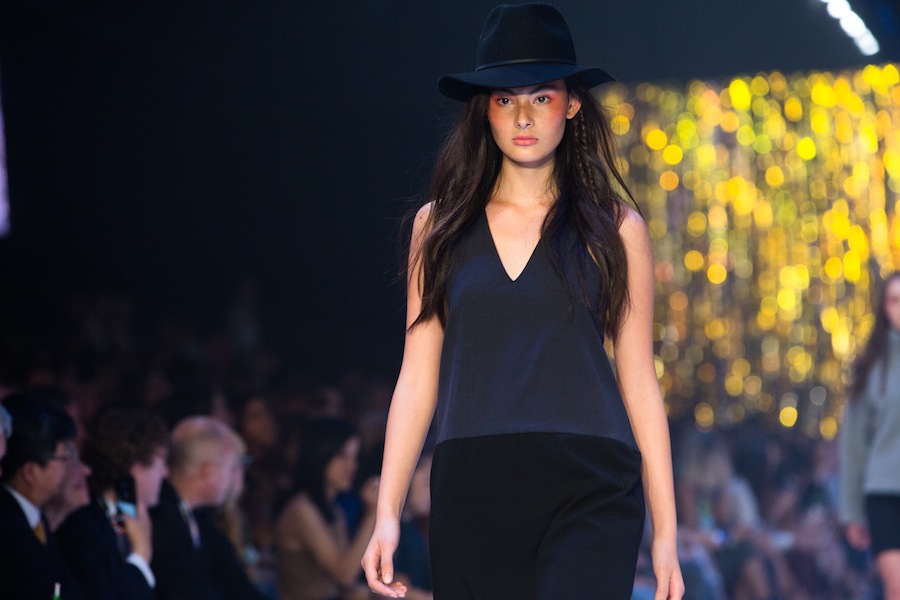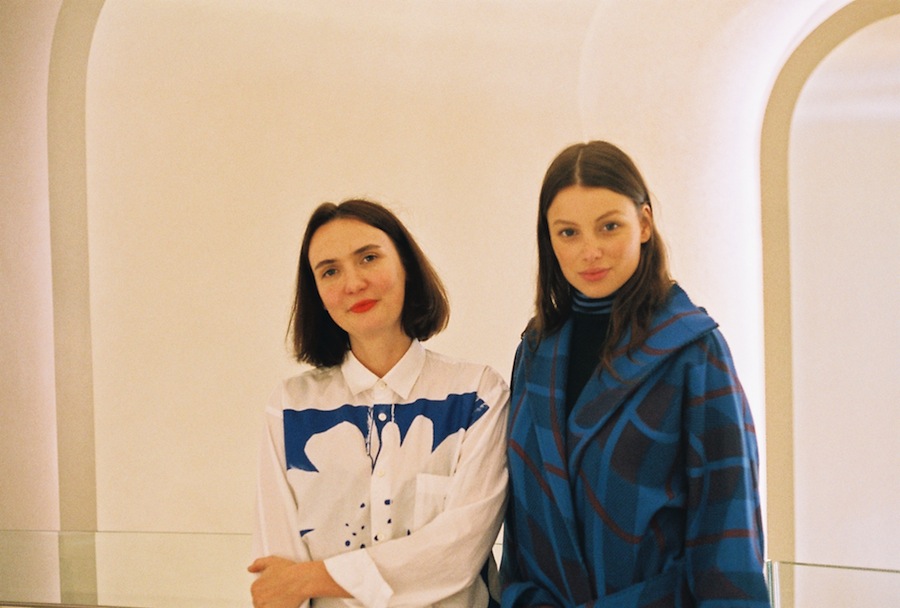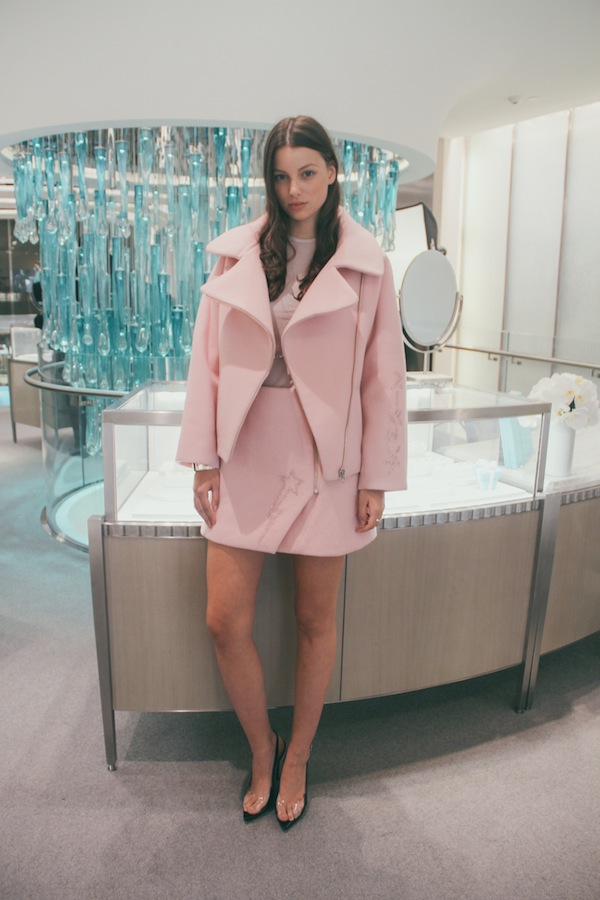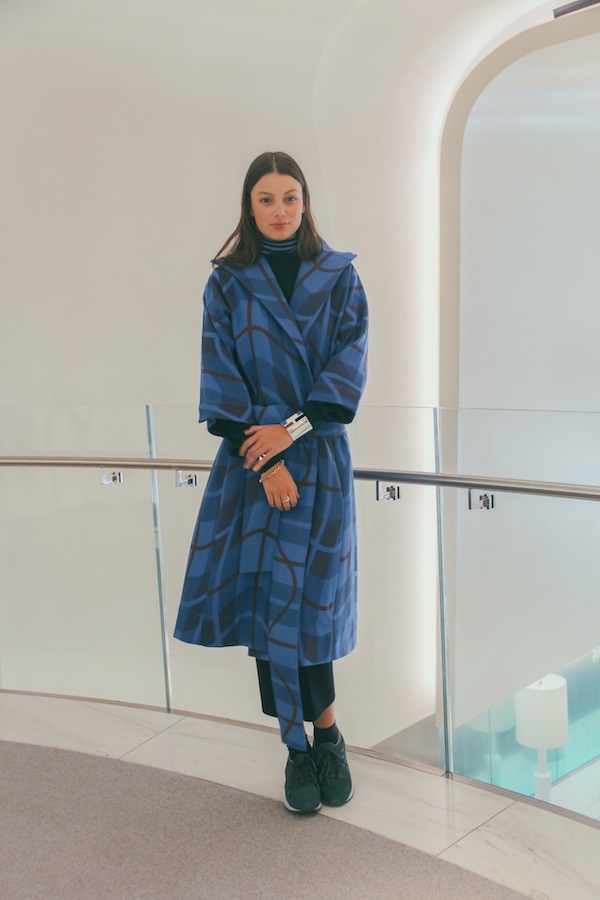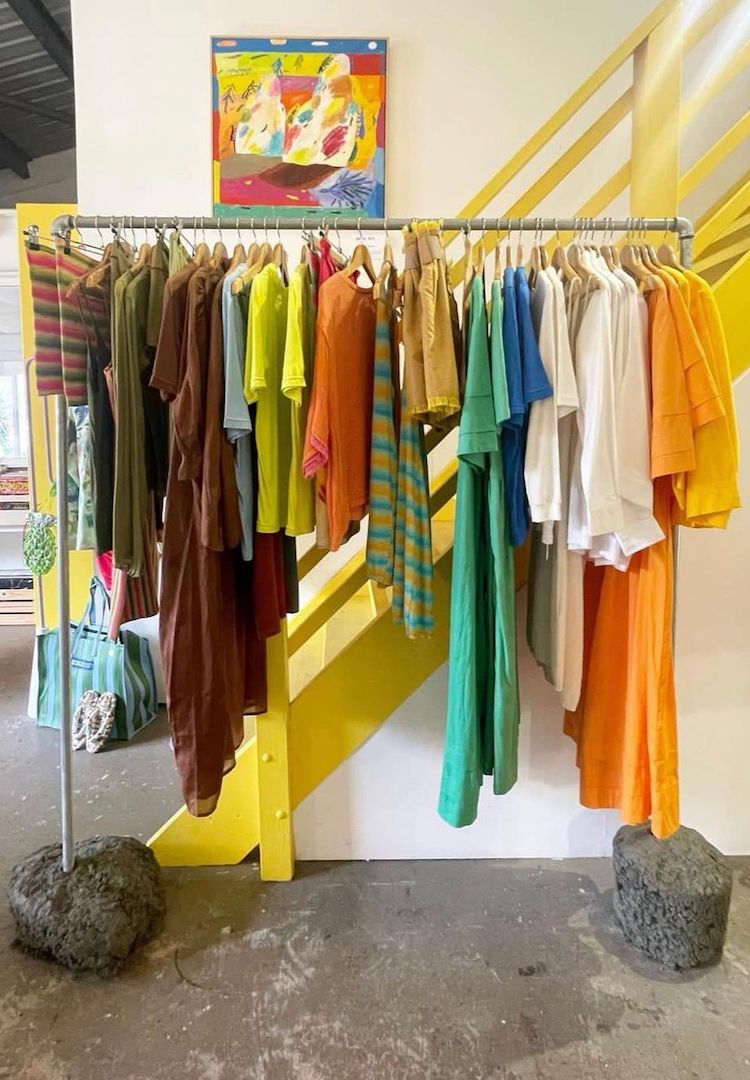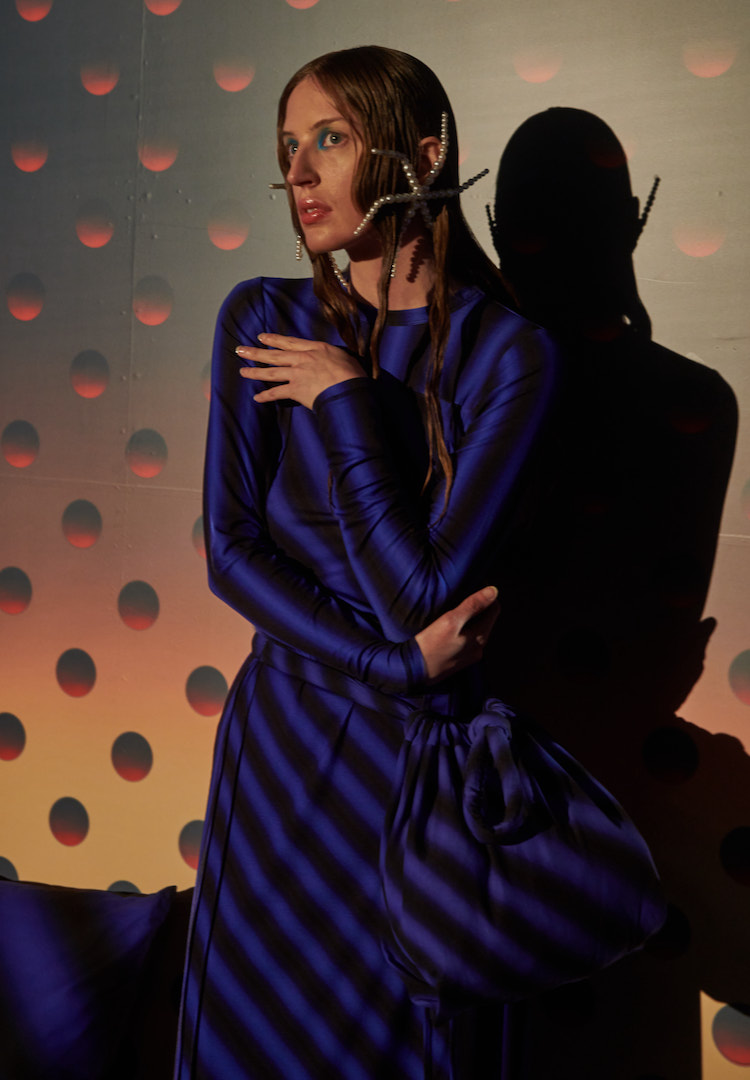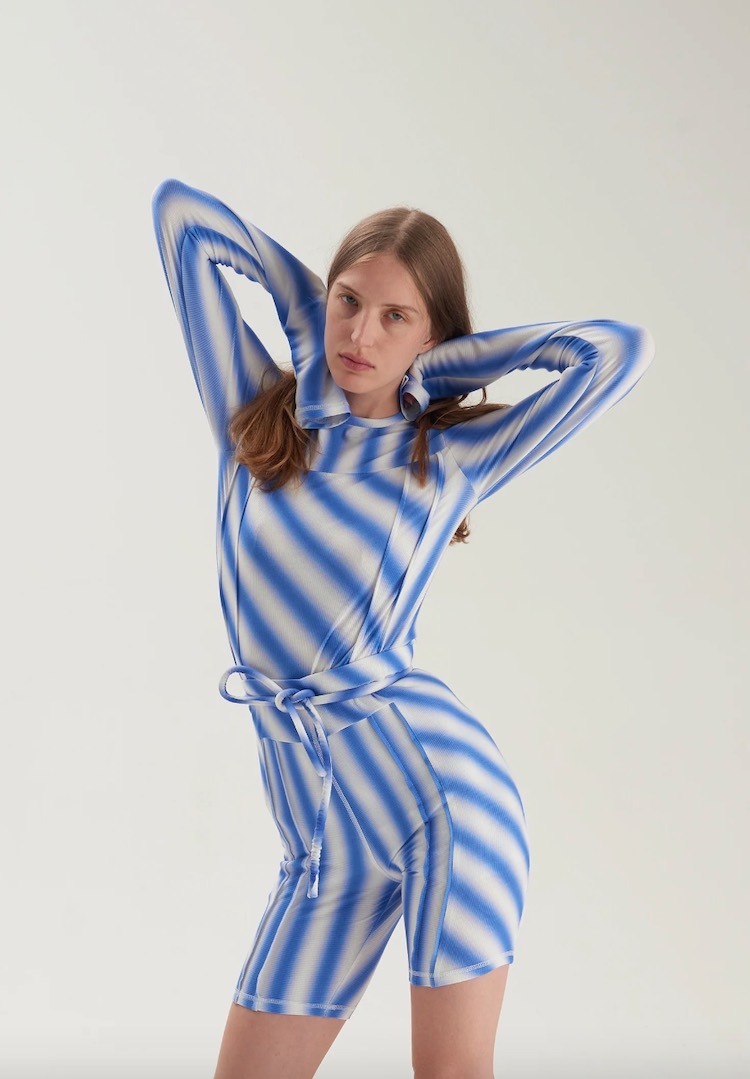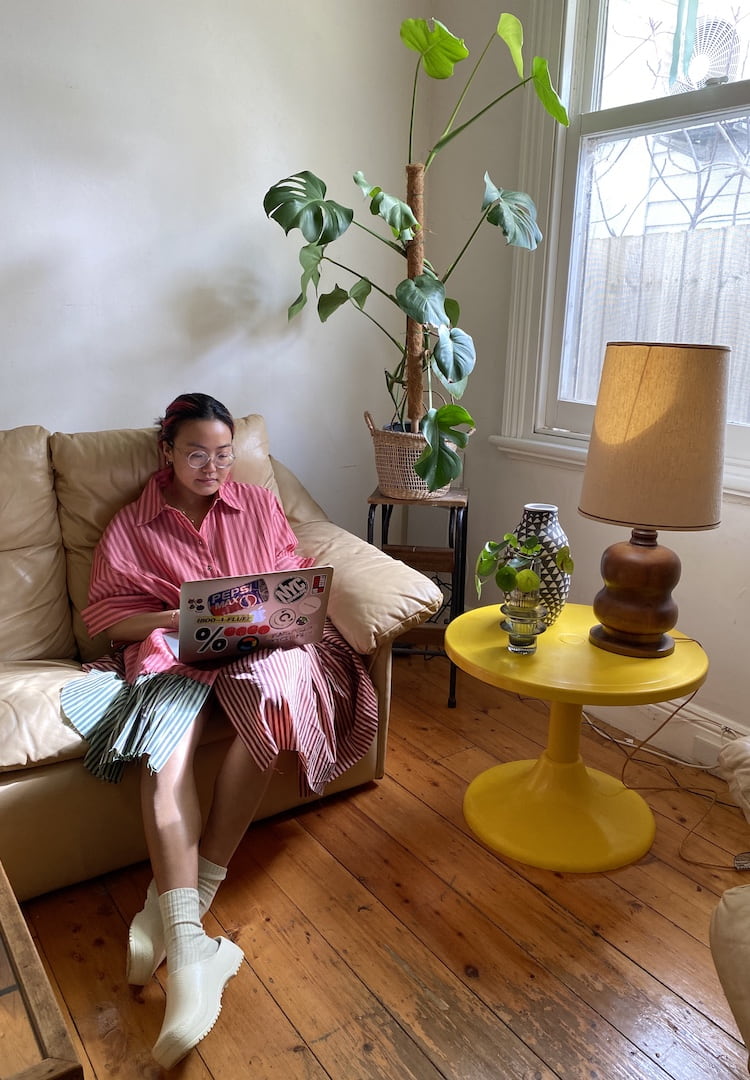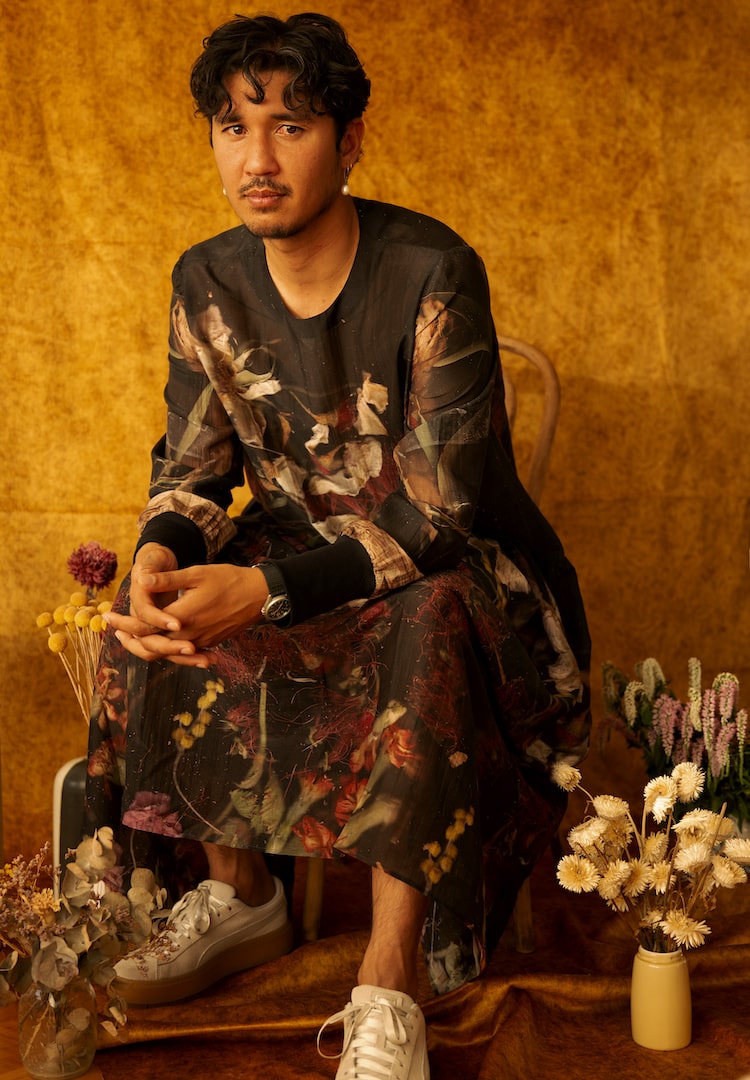The Next Big Thing: Verner
“I like the idea of how we as Australians are really in awe of everything that’s going on overseas, but really we take a casual approach to it.”
The Tiffany and Co. National Designer Award is the most prestigious award for fashion design in the country. With a prize pool in excess of $100,000 not to mention unprecedented exposure and opportunities into the industry (previous winners include Romance Was Born, Dion Lee and Josh Goot), it’s definitely one to strive for.
Not too long ago, we attended the final round of judging to catch up with finalists Macgraw, Búl, Emma Mulholland, Verner and Pageant as well as VAMFF CEO and creative director, Graeme Lewsey. This six part series will delve into the inner workings of some of the country’s top designers as they prepare for Fashion Week.
Ingrid Verner is quite modest for such an accomplished designer. Already having helmed two labels, she is now yet again presenting at the Tiffany and Co. Designer Awards with Verner. Started in 2012 the young label plays on androgyny and drawing silhouettes to portray the designer’s sartorial desires. We spoke with Ingrid about Australian style, imperialist complexes and the business of fashion.
FJ: How are you feeling about today?
IV: A bit nervous, a bit excited. I think the public speaking scares me the most. I feel like I’m back at uni doing my end of semester review.
FJ: Hey maybe those uni presentations did have some relevance after all?
IV: Yeah I guess the thing with a lot of those creative degrees is you get marked in this sort of setting, where there is a panel and everything. Today just takes me back there.
FJ: So you started your label in 2012, how was that?
IV: It was good. I used to have another label called TV years ago and then I went and worked at a few other places for a bit, and then I got pregnant and had my first child. So it’s been quite difficult to find the time.
FJ: So how does Verner and in particular this season’s collection compare to some of your older work at TV?
IV: I think it’s a bit more considered. I’m a little bit better at the business side of things, and taking a bit more of a holistic approach to the label. In terms of the clothing, I still think it’s as dynamic and unexpected as my past work, but it’s just a bit more refined and considered.
FJ: So you’ve actually won the Tiffany and Co. Design Award before?
IV: Yes I won it with TV in 2006. But it wasn’t like it is today. Back then you just had to drop your clothes off; you didn’t have to go through ‘this’ whole situation. I think a lot of marketing goes into fashion these days, whereas back then it was just a bit more about the design.
FJ: So what impact did winning the award have on your label?
IV: Back in 2006, I was six months out of uni. It was pretty amazing, it made me start my brand then and there, whereas otherwise I may have taken a bit more time off to work and do other things. It kind of fast-tracked me into doing my own brand, which was kind of positive and negative I guess. Because it wasn’t until I worked with other people that I feel like I put all the pieces together.
FJ: I’ve looked at some of your past collections, there is quite a lot of androgyny, gender play and geometrics, how would you describe your style?
IV: I definitely take a creative and conceptual approach to designing. Then I like to manage that with wearability and fitting that into our lifestyle. As Australians we are very laid back and into comfort and ease, so I like to mix that creativity with that practicality. I’m definitely getting more and more into silhouettes. I’ve been very into print in the past, so I’m now putting as much effort into silhouette.
My clothes definitely play on gender, they play on work wear and leisure wear. I use a lot of dressing grown shapes, that are perceived as casual things then I like to infuse them with a sense of aspiration.
My last collection was all about Australian cultural imperialist complexes, so I took a lot of basic dressing gown shapes and gave them a new couture, sort of Dior look. But its really something you’d wear around the house. I like the idea of how we as Australians are really in awe of everything that’s going on overseas, but really we take a casual approach to it.
FJ: Tell me about the look you are showing today
IV: I chose a knitwear look. In a lot of my work I like to incorporate multiple ways of wearing, I don’t know why, its part of my signature I guess. So it’s a heavy, chunky knit, and then you take the arms out and its gonna play with how you wear the arms at the front. Then I used this beautiful silk blend, that reminds me of an upholstery fabric for the pants. Then I’ve got really fine piping braces that I’ve put on it.
So that’s my look. Or maybe I should go for something a bit brighter? I don’t know, I should probably decide.

